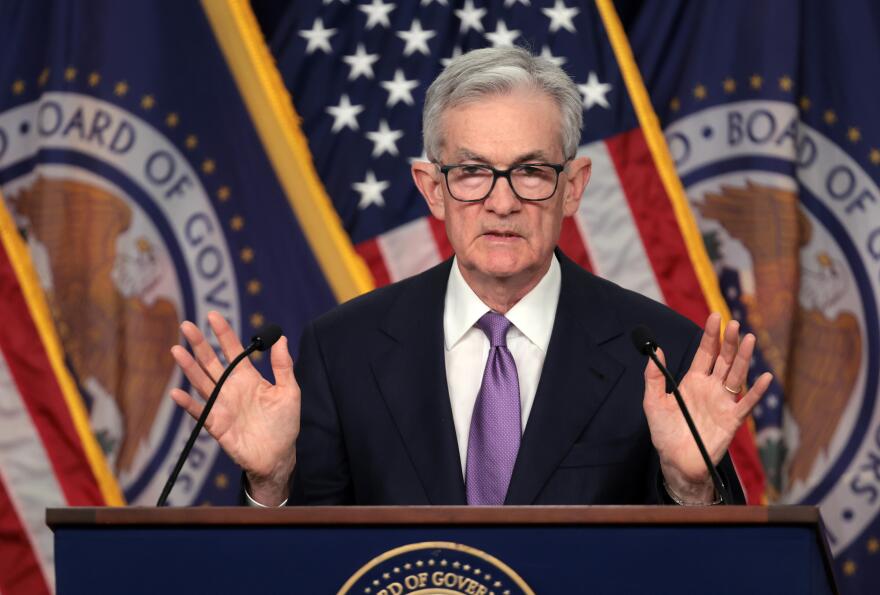The Federal Reserve moved aggressively Wednesday to start cutting interest rates as easing inflation fears gives way to growing concern about the job market.
The central bank lowered its benchmark interest rate by half a percentage point, which will make it cheaper to get a car loan, finance a business or carry a balance on your credit card.
Wednesday's rate cut is the Fed's first since 2020, but it won't be the last. On average, members of the Fed's rate-setting committee expect borrowing costs to drop by another half a percentage point this year and an additional full point next year. That's a more rapid decline than committee members were projecting just three months ago.
The shift to lowering interest rates marks a major turning point in the Fed's two-and-a-half-year battle to curb inflation. The central bank began raising rates in March 2022 in an effort to tamp down demand and bring prices under control. By last summer, interest rates had climbed to between 5.25% and 5.5%, their highest level in more than two decades.
Inflation is slowing — but so is the job market
The rate cut on Wednesday comes as the annual inflation rate has fallen sharply, to 2.5% last month, from a peak of 9.1% in June 2022.
At the same time, job growth has slowed and the unemployment rate has inched up to 4.2%, leaving Fed officials worried that high interest rates could become an unnecessary drag on the economy.
"The upside risks to inflation have diminished. And the downside risks to employment have increased," Fed Chair Jerome Powell said last month, during a speech in Jackson Hole, Wyoming. "The time has come for policy to adjust."
The pace of future rate cuts is still uncertain, however. One member of the committee, Michelle Bowman, wanted to proceed more cautiously on Wednesday, cutting the benchmark rate by just a quarter percentage point. Committee members are divided on how much further rates will need to fall next year.
While falling interest rates will help borrowers and potentially spur economic growth, they come with a cost for savers. The interest paid for online savings accounts and money market funds will likely decline.
The timing of the Fed's move is politically sensitive, coming less than seven weeks before a presidential election in which the strength of the economy is a key issue for voters. Powell has said repeatedly that he and his colleagues try to do what's best for the economy and are not swayed by partisan politics.

